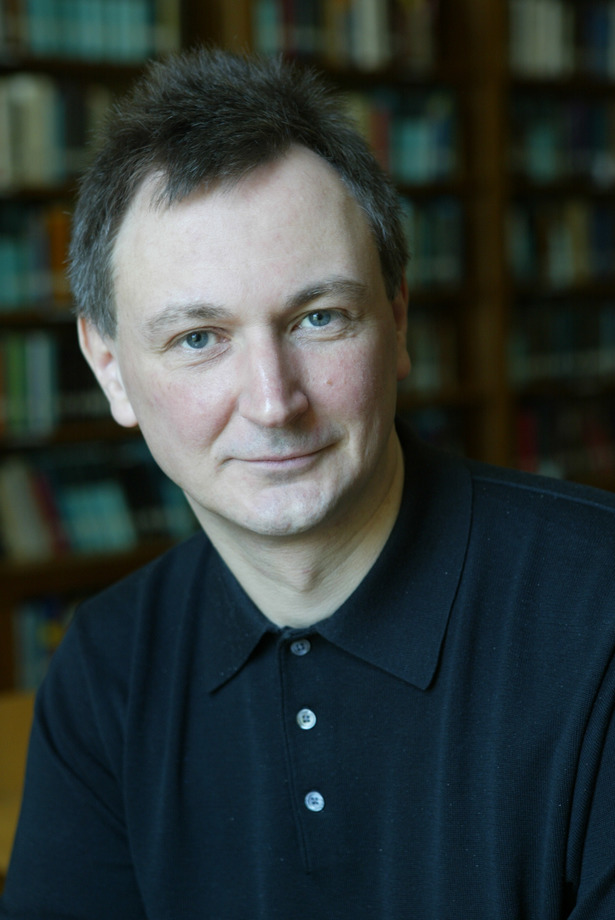October 28, 2017
The Adjoint School
Posted by John Baez
The deadline for applying to this ‘school’ on applied category theory is Wednesday November 1st. I hear they are still looking for a few really good applicants. Hurry up—this is a great opportunity!
- Applied Category Theory: Adjoint School: online sessions starting in January 2018, followed by a meeting 23–27 April 2018 at the Lorentz Center in Leiden, the Netherlands. Organized by Bob Coecke (Oxford), Brendan Fong (MIT), Aleks Kissinger (Nijmegen), Martha Lewis (Amsterdam), and Joshua Tan (Oxford).
October 26, 2017
Categorification and the Cosmic Cube
Posted by David Corfield
I see that Tobias Dyckerhoff’s A categorified Dold-Kan correspondence has just appeared, looking, as its title suggests, to categorify the nLab: Dold-Kan correspondence. As it says there, the latter
interpolates between homological algebra and general simplicial homotopy theory.
So with Dyckerhoff’s paper we seem to be dipping down to the lower layer of the flamboyantly named ‘cosmic cube’, see slide 10 of these notes by John, and discussed at nLab: cosmic cube. Via chain complexes of stable -categories Dyckerhoff speaks of a ‘categorified homological algebra’, and also through a categorified Eilenberg-Mac Lane spectrum, of a ‘categorified cohomology’.
For old time’s sake, let’s see if anyone is up for the kind of grand vision thing we used to talk about. For one thing we might wonder what plays the role of a categorified homotopy theory, the kind of world where Mike’s suggestions on directed homotopy type theory might find a home.
I see I was raising stratified spaces as relevant back there. In the meantime we now have useful models from A stratified homotopy hypothesis. It turns out that -categories are equivalent to ‘striation sheaves’, a certain kind of sheaf on ‘conically smooth’ stratified spaces. The relevant fundamental -category is the exit-path -category, rather than the entry and exit paths of our older discussions which brought in duals.
In line with Urs’s claim that cohomology concerns mapping spaces in -toposes (nLab: cohomology), perhaps for categorified cohomology we should be looking for parallels in -toposes, an important one of which will be that containing all -categories, or equivalently, all striation sheaves.
October 23, 2017
Unconscious Bias in Recruiting
Posted by Tom Leinster
All of us who work in maths, physics or computer science departments know about the dramatic gender imbalance in our subjects. Many departments and universities have been working hard to make their recruitment processes more inclusive towards under-represented groups — not only for the excellent altruistic reason that it makes the world a better place, but also for the selfish reason that we don’t want to miss out on getting the best people.
There’s research (as well as anecdotal evidence) showing that the wording of job ads can make a big difference to who applies. In particular, it can influence significantly the gender profile of applicants.
My head of department Iain Gordon just pointed out a website by Kat Matfield where you can paste in your ad and get an automatic assessment of the language used. The site matches the ad against lists of “masculine-coded” and “feminine-coded” words and gives you a summary. The first link above is to the academic paper behind the website.
For example, we at Edinburgh are currently advertising a two-year postdoctoral fellowship in any area of mathematics. Try pasting the ad into the site and see what happens!
October 1, 2017
Vladimir Voevodsky, June 4, 1966 - September 30, 2017
Posted by John Baez
Vladimir Voevodsky died this Saturday. He was 51.

 Posts with this logo use
Posts with this logo use 














